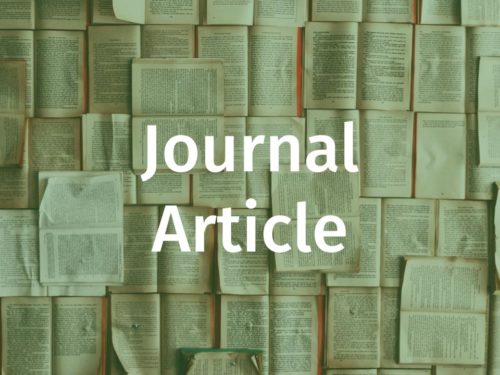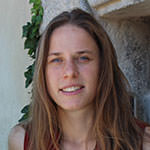[dropshadowbox align=”center” effect=”lifted-both” width=”40%” height=”” background_color=”#ffffff” border_width=”1″ border_color=”#dddddd” ]
Mark O’Doherty
Map for Realization of Peace between Palestine and Israel
Shabka Background Nr. 8-2013
[/dropshadowbox]
In the following qualitative explorative study 16 Israeli and Palestinian people were questioned regarding their social, political and ideological views; reasons for the Arab/Israeli conflict varying from social-, territorial-, political- and cultural conflicts, as well as lack of empathy and trust, to mutual blame and unforgiveness.
As a result of this research, criteria for a “Map for Peace“ from the perspective of Israeli and Palestinian people was derived, where ‘social relations‘ was found to be the primary criteria, as well as ’human rights’, ‘territorial dispute‘, ‘ideological conflicts,‘ ’politics’ and ’intervention by the international community’.
Noticeable were the differing opinions of the questioned groups; for example Palestinian people in general desire more support from the international community and were eager to speak about the alleged atrocities committed by Israelis; while the majority of the questioned Israelis did not desire intervention from the international community and seemed reluctant to speak about the Arab/Israeli conflict, having given up hope that peace between Palestine and Israel is possible, and feeling somewhat misunderstood by the international community. However, contrary to initial assumptions, in general both groups believed that politicians were more inclined to maintain the “status quo“, than to change the political situation in Israel and Palestine. Furthermore, a polarity was noticeable in both groups regarding religious and agnostic beliefs, which was independent to the ethnic background of the questioned persons. However, there does seem to be a correlation between religious convictions and the ’justification of violence’ in both groups.
Inconsistencies in the category “social relations“ were noticeable throughout this study in both groups. This indicates that there is uncertainty – and even some confusion – regarding what social-interaction-roles Israelis and Palestinians would like to have when communicating with each other. This would mean specifically, that Palestinians and Israeli’s would be probably overburdened to “draw“ a Map for Peace on the ’social relations’ level.
These and other factors make it difficult for Israeli and Palestinian people to find common ground, and to break the cycle of violence. To manifest the elusive win-win situation in this region, ’Peace Building’ in the form of psycho-social counselling, problem-solving workshops, community work and pedagogic counselling for young persons and adults is recommended, conducted by international- and local NGO’s in Israel, the West Bank and the Gaza Strip.
Shabka Background Nr. 8-2013
Mark O’Doherty: Map for Realization of Peace between Palestine and Israel












